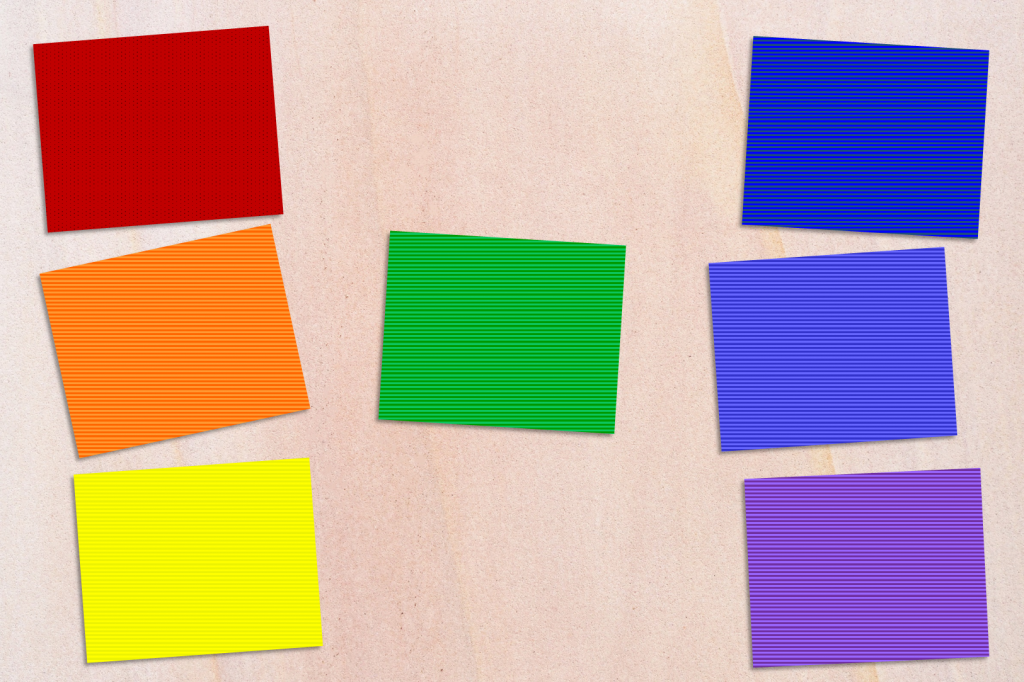Teaching is changing, with teachers using more technology and varying teaching styles to reach an ever-changing technologically advanced generation of learners.
Ongoing research tells us we don’t all learn the same way.
“Researchers have discovered there are 7 – 8 different learning styles and our education system can no longer be based a one size fits all model.”
Add to this, the significant population of children with learning difficulties, disabilities or differences, and you start to understand how reaching and teaching every student in a classroom needs to be a daily focus for educators.
So, what are these different learning styles and how can you determine which learning style your child prefers?
Let’s start by thinking about a newly released movie. How would you choose to find out about the movie?
*Would you watch the trailer? *Read an expert review in the paper or online? *Ask a friend who has just seen the movie their opinion? Or perhaps you would do more than one? The way we choose to learn and remember information can give us clues on the type of learning style that suits us best. This learning style preference can also change depending on the subject we are learning and our age. Our brain changes as we grow and mature. Depending on whose research you read, they’ll tell you that there are 3 – 8 different learning styles. I choose to belong in the 7-learning style camp, and they are: Researchers tell us that different parts of the brain are activated in these different learning styles as well. Looking at these learning styles in more detail will help you to determine which learning style you have a preference for.
Let’s use the concept of learning the colours of the rainbow as an example to explain the different learning styles. People who learn best this way like pictures, diagrams or videos. These learners have good spatial awareness, are good with maps and rarely get lost. Visual learners would draw a rainbow and colour each section of the rainbow, to help them remember the colours. Auditory learners like the use of rhymes or rhythm to help them remember things they are learning. If you are an auditory learner, you may search the internet or make up your own mnemonic to remember the colours of the rainbow. Things like ROY–G–BIV or Richard Of York Gave Battle In Vain are common mnemonics found on the internet.

This type of learner does best with the spoken and written forms of language. These learners do well with the old fashion teaching style of’ chalk and talk’, using blackboards and printed handouts.
Using our example, these learners would do best with worksheets or written text on the blackboard describing what a rainbow is and the colours that are present.
- Kinaesthetic or physical learners
A kinaesthetic learner needs to move to learn, they like physical movement and using their hands while learning.
When trying to remember the colours of the rainbow a kinesthetic learner might paint pieces of cardboard and place them on the floor. They would then hop onto each coloured piece of cardboard saying the colours out loud in the correct order to help to cement the information into their long-term memory.

- Logical or mathematical learners
If you are a logical learner, you might like to understand the whole picture, using logic and reasoning.
Learning the colours of the rainbow for you might involve understanding how a rainbow is formed or recreating the breaking of light into its colours using a prism and a light source.
- Social or interpersonal learners
Some people like learning while being part of a group activity, these are the social learners. These learners like discussions, talking and working with other people doing group work.
They would be chatting and manipulating words as a way of learning about rainbows.
- Solitary or intrapersonal learners
Those students who prefer independent study and working alone, are likely to be solitary learners.
When trying to remember the colours of the rainbow, these learners would rather work on their own, to investigate and understand the topic.
Whatever type of learner you are, you can always benefit from being exposed to other learning styles or strategies. Using multiple learning strategies within the classroom means that all students benefit from the teaching, not just those who learn in a particular way.
“Just because a student prefers a particular learning style, doesn’t mean they can’t also enjoy and achieve with a different learning style. The best teachers use multiple learning styles within the classroom to cater for all learning styles and to keep classwork interesting.”
Now, do you know which learning style (or styles) suit you?
We would like to know the answer.




















Dominance does not mean the other styles are recessive, just not quite the same. We all learn from all these approaches and probably learn best when there is a mix or combination of several/all styles. The differentiation and segmenting of classes is a mistake in my opinion.